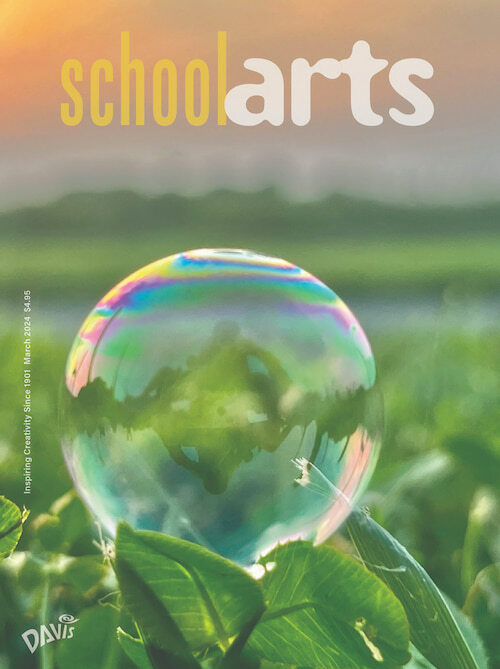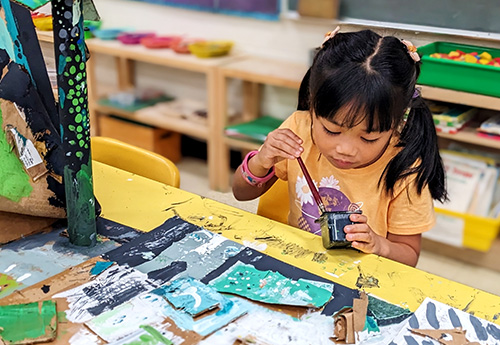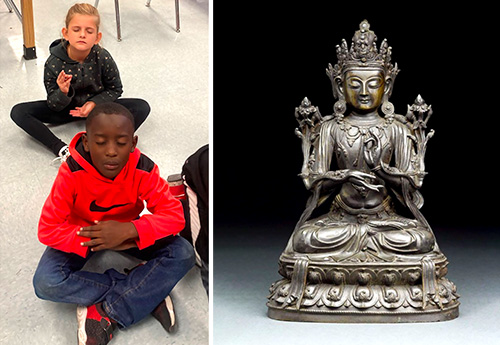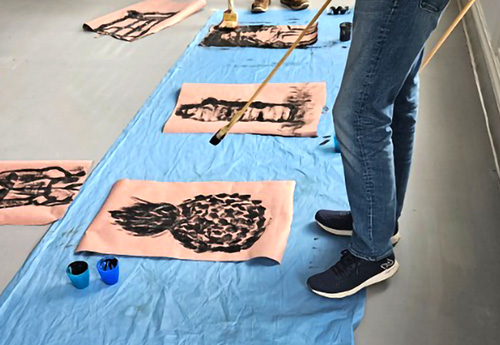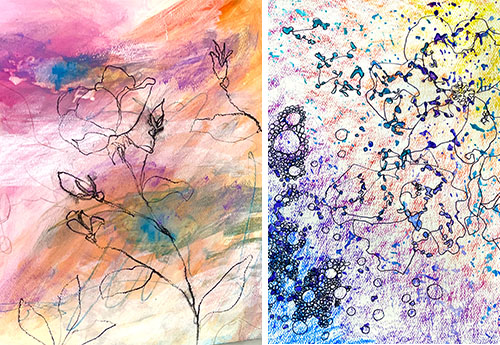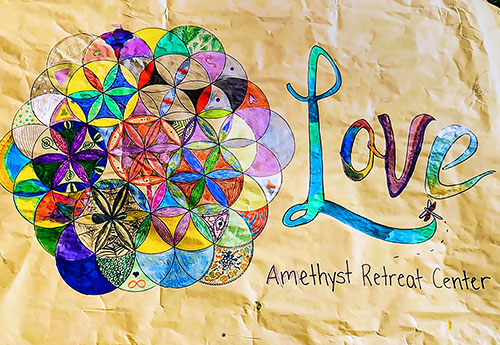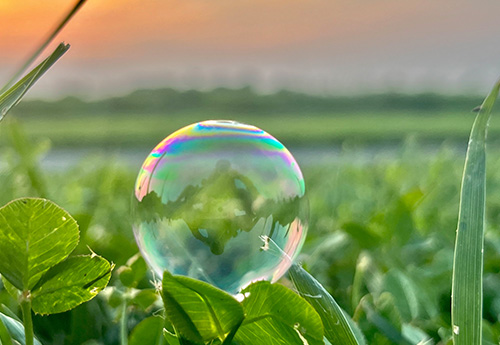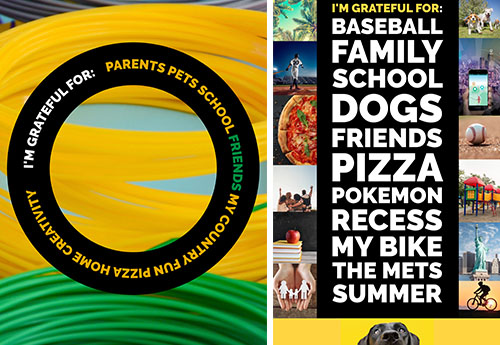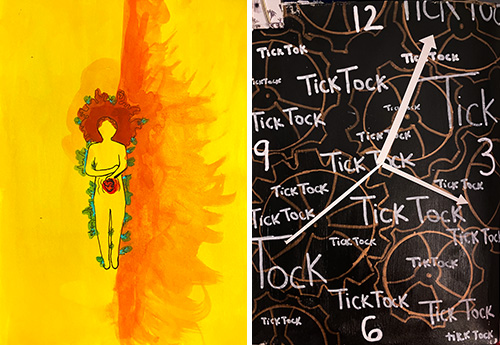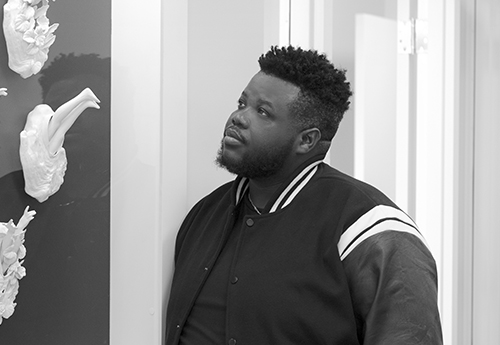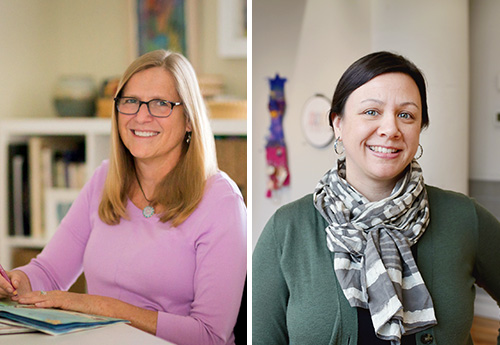
Co-Editors’ Letter: Mindfulness
Both mindfulness and art cultivate present-moment awareness of the breath, the body, thoughts, emotions, and creative impulses. The aim of this issue is to provide purposeful experiences to enhance self-awareness by participating in mindful making without judgment to strengthen imagination and enhance the creative process. We hope you find inspiration in the lessons and insights shared in this issue!
Read Article
